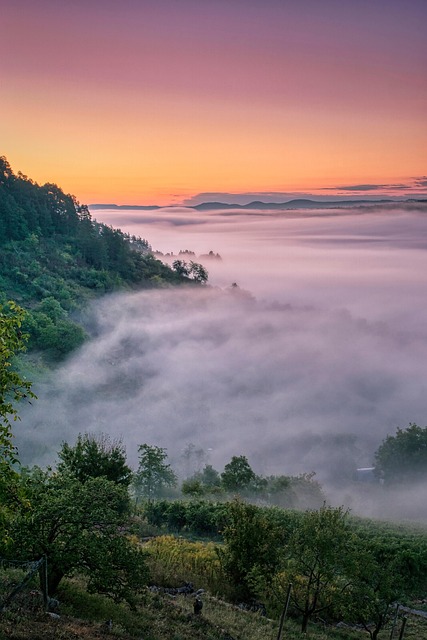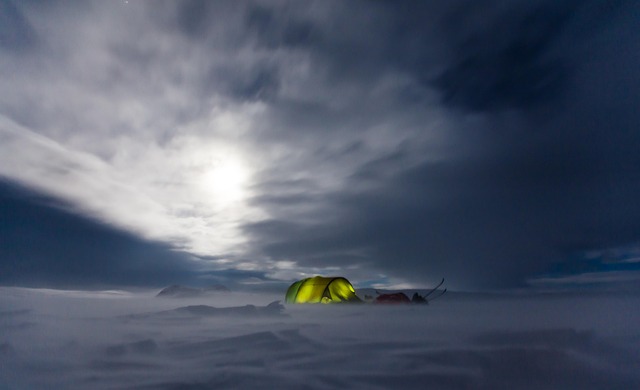National forest locations require understanding and adhering to unique regulations for environmental protection and visitor safety. Use online resources for info on activities, campgrounds, fire rules, and waste disposal. Prioritize safety with well-maintained campsites, check weather forecasts, and follow leave-no-trace principles. Practice fire safety by following local guidelines, keeping sites clear of hazards, and responsibly disposing of cigarettes. Respect wildlife by storing food securely, managing attractants, adhering to noise rules, and responding calmly to encounters. Ensure emergency preparedness with first aid, flashlights, batteries, a whistle, knowledge of local services, and a planned action strategy for various scenarios.
Planning a camping trip to a national forest? Safety should be your top priority. This guide explores essential tips and regulations for a secure outdoor experience, from understanding national forest rules to choosing safe sites, managing fires responsibly, and navigating wildlife encounters. We also cover emergency preparedness essentials, ensuring you’re equipped for any situation. Discover the best practices for camping in national forest locations, fostering a rewarding and risk-free adventure.
- Understanding National Forest Regulations
- Choosing Safe Camping Sites
- Fire Safety Precautions
- Wildlife Interaction Guidelines
- Emergency Preparedness Essentials
Understanding National Forest Regulations

National forest locations are popular destinations for outdoor enthusiasts, but it’s crucial to understand and adhere to specific regulations to ensure a safe and enjoyable experience. Each national forest has its own set of rules aimed at preserving the natural environment and promoting visitor safety. Before setting off to your campsite, take time to familiarize yourself with these guidelines. Many forests provide easily accessible online resources detailing permitted activities, designated campgrounds, fire restrictions, and waste disposal protocols.
By respecting and following these regulations, visitors can contribute to the long-term preservation of these precious natural spaces. Remember, national forest locations are shared by all, so responsible behavior is key. From properly disposing of waste to minimizing impact on wildlife habitats, every considerate action makes a difference.
Choosing Safe Camping Sites

When choosing a camping site, especially in national forest locations, safety should be your top priority. Look for well-maintained trails and clear signage that indicate safe areas for setting up camp. Avoid isolated spots and opt for campsites with some level of visibility, making it easier to spot potential hazards or unusual activity. Additionally, check local weather forecasts to anticipate any adverse conditions that could arise during your stay.
National forest locations offer a range of camping options, from primitive sites to more developed areas with amenities. Research the area beforehand to understand the regulations and rules specific to each site. Stick to designated campsites and follow leave-no-trace principles by properly disposing of waste and minimizing your impact on the environment. By taking these precautions, you’ll ensure a safe and enjoyable camping experience in national forest locations.
Fire Safety Precautions

Fire safety is a top priority at national forest locations, where wildland fires can quickly escalate. Campers should always be vigilant and take precautions to prevent accidental fires. One crucial step is to familiarize yourself with the local fire regulations before your visit; each National Forest may have specific guidelines. Ensure you know the designated areas for campfires and follow all rules regarding open flames. Keep a close eye on any fire restrictions during dry seasons, as these can change rapidly.
When setting up camp, choose a site that is clear of overhanging branches and dry vegetation. Always keep a bucket of water or a fire extinguisher nearby. Never leave a campfire unattended, and ensure it is completely extinguished before departing. Responsibly dispose of cigarettes and other smoking materials in designated areas to minimize the risk of unwanted ignitions.
Wildlife Interaction Guidelines

When visiting national forest locations for camping, it’s crucial to understand wildlife interaction guidelines. Wildlife can make your outdoor experience memorable, but it’s essential to maintain a safe distance and respect their natural habitat. Keep food securely stored in bear-resistant containers; avoid leaving any attractants unattended.
In these natural settings, unexpected encounters are possible. Follow local rules regarding noise levels, especially during peak wildlife activity periods. If you do come across an animal, remain calm, make yourself appear larger by standing tall and raising your arms, then slowly back away. Never run or turn your back on the creature. Remember, national forest locations are home to diverse wildlife, and adhering to these guidelines ensures a safe and enjoyable camping experience for both you and the animals.
Emergency Preparedness Essentials

When visiting national forest locations for camping, having a solid emergency preparedness plan is paramount. Pack essential items like a first-aid kit, flashlights, extra batteries, and a whistle to signal for help if needed. Familiarize yourself with the local emergency services and their response times, as well as any specific hazards unique to the area, such as wildlife encounters or severe weather patterns.
Create an action plan for different scenarios, including fire safety protocols, evacuation routes, and what to do in case of getting lost. Share this plan with your camping group and ensure everyone understands their roles and responsibilities. Regularly update your emergency kit and review these measures before each trip to national forest locations to stay prepared and safe.
